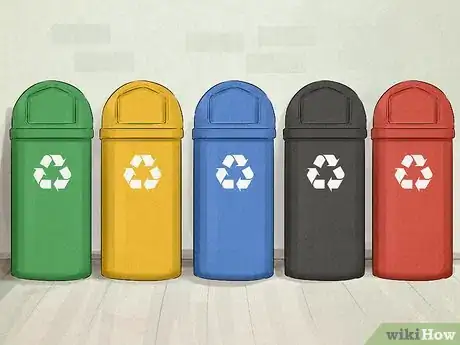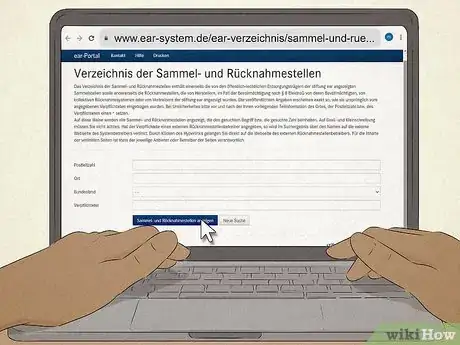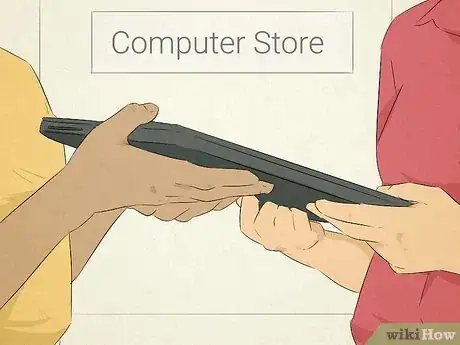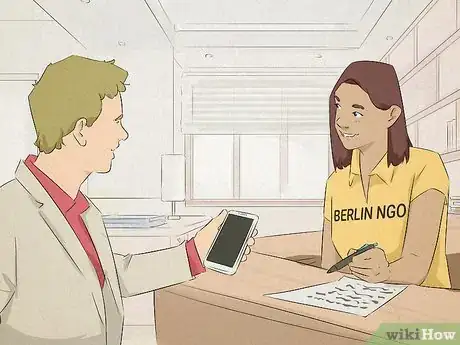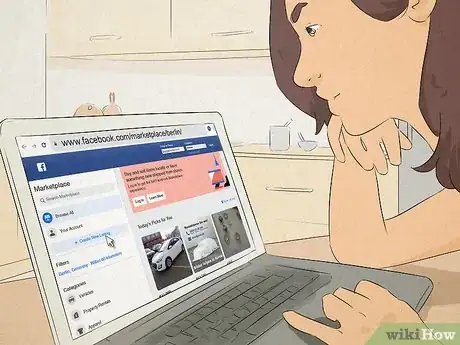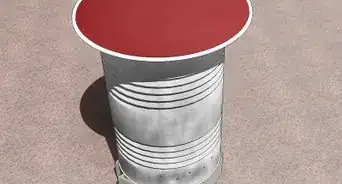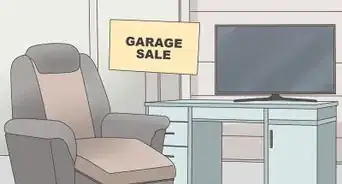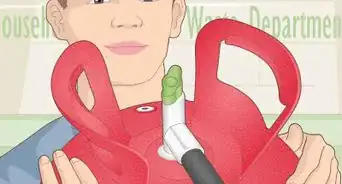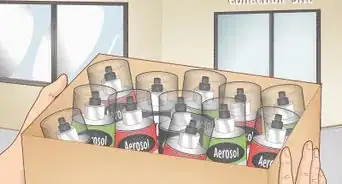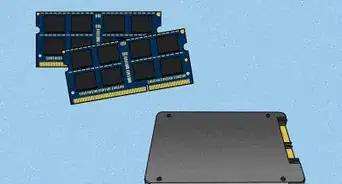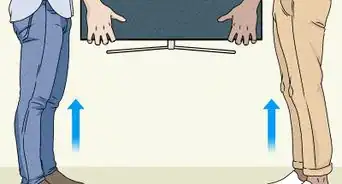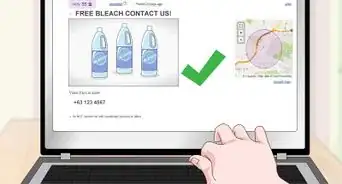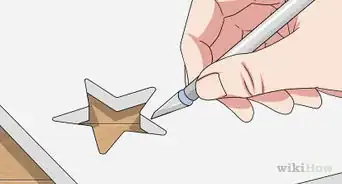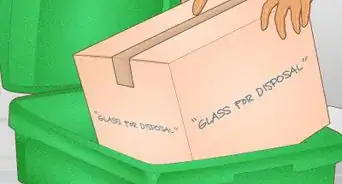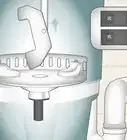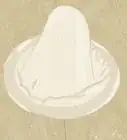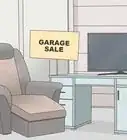This article was co-authored by wikiHow staff writer, Jennifer Mueller, JD. Jennifer Mueller is a wikiHow Content Creator. She specializes in reviewing, fact-checking, and evaluating wikiHow's content to ensure thoroughness and accuracy. Jennifer holds a JD from Indiana University Maurer School of Law in 2006.
There are 10 references cited in this article, which can be found at the bottom of the page.
This article has been viewed 23,270 times.
Learn more...
In Germany, you can't simply toss electronic waste (also known as e-waste, or "WEEE," for "waste electrical and electronic equipment") in with your regular household trash. If you have old electronics or appliances that you want to get rid of, you can either pass them on to someone else or return them to be recycled. Electrical and electronic waste doesn't just include old computers and mobile devices, though. It also extends to cables, dead batteries, lamps, and even lightbulbs.[1]
Steps
Recycling Your WEEE
-
1Use a public waste collection point for most household WEEE. Germany's WEEE law holds public waste management authorities responsible for providing collection points for disposal of common household WEEE. You can use these points to dispose of your WEEE free of charge if it falls into any of the following 5 categories:[2]
- Large household appliances, such as ovens or stoves
- Refrigerators and freezers
- Consumer telecommunications and computing equipment
- Gas discharge lamps
- Small household appliances, lighting equipment, electric and electronic toys, sports and leisure equipment, medical monitors and other equipment
-
2Find a nearby collection point that will accept your WEEE. Stiftung EAR (elektro-altgeräte register), the government organization in charge of enforcing WEEE regulations, has a directory of registered and authorized collection points available at https://www.ear-system.de/ear-verzeichnis/sammel-und-ruecknahmestellen. Search using your postcode or the name of the city and state where you live to find collection points near you.[3]
- Since the information appears in the directory exactly as it was originally provided to Stiftung EAR, you might want to contact the facility you find and double-check that they'll accept your WEEE before you make a trip there.
- If you're a business owner or manufacturer, sign a contract with a recycling center to come and take your WEEE on your schedule. You can also ship most waste to the recycling center using common shipping carriers.[4]
Advertisement -
3Take your WEEE back to the store where you originally purchased it. Larger retail stores with an EEE sales area 400 square meters or larger are required by law to take back WEEE. Smaller stores may also accept WEEE voluntarily.[5]
- Retail stores will take smaller WEEE, such as used batteries, regardless of where you originally purchased them.
- If you are purchasing a new device to upgrade or replace an old device, you're required to turn in your old device when you purchase the new one.
- Online retailers are also required to take back WEEE. Typically, you can ship your WEEE back for free, although you may be required to cover some or all of the shipping charges in some instances. The specific retailer will have more information.[6]
Selling or Donating Used Electronics
-
1Erase any files on old electronics before getting rid of them. If you're planning on selling or donating your used electronics, particularly smartphones or computers, make sure no personal data remains. You can take your device to a tech and have them do it for you or you can do it yourself. If you're doing it yourself, buying hard drive eraser software is typically the most efficient way to ensure that you've removed all personal data from the device.[7]
- Some of these programs are free, while others have a small download fee. Search online and choose the program that will work for your device and has the capacity to erase all the types of files you need.
-
2Contact local charities to find out what they take. Depending on where in Germany you live, there might be several nonprofit or charity organizations available that would be willing to take your electronic waste. Typically, it must be functional and in working order.[8]
- If you live in a larger city, such as Berlin, you can use a charity collection point to drop off all goods you want to donate, including electronics. You might even be able to get the WEEE you want to donate picked up free of charge.
- Search online to find out what charitable resources are available in your area if you want to donate used electronics or appliances.
-
3Place a listing online to sell or give away your items to the public. If your electronics are still in good working order and you think someone would be willing to pay for them, you might also try selling them online. Auction websites are good for this, or you could try more local resources, such as local groups on social media.[9]
- There are many active local groups on Facebook Marketplace in Germany where you can sell items or give them away.
- If you're selling items online and need to meet a local buyer in person, arrange the meeting in a safe public place.
Warnings
References
- ↑ https://allaboutberlin.com/guides/sorting-trash-in-germany
- ↑ https://www.elektrogesetz.com/
- ↑ https://www.ear-system.de/ear-verzeichnis/sammel-und-ruecknahmestellen#no-back
- ↑ https://www.te.com/usa-en/utilities/product-compliance/e-waste-in-europe/germany.html
- ↑ https://www.umweltbundesamt.de/en/topics/waste-resources/product-stewardship-waste-management/electrical-electronic-waste#electrical-and-electronic-waste-in-germany
- ↑ https://www.stiftung-ear.de/en/service/faqs/verbraucher
- ↑ https://www.techsoup.org/support/articles-and-how-tos/ten-tips-for-donating-a-computer
- ↑ https://gsbtb.org/2017/07/19/looking-to-donate-your-old-things-heres-where-to-go/
- ↑ https://allaboutberlin.com/guides/how-do-i-buy-and-sell-used-things-in-berlin
